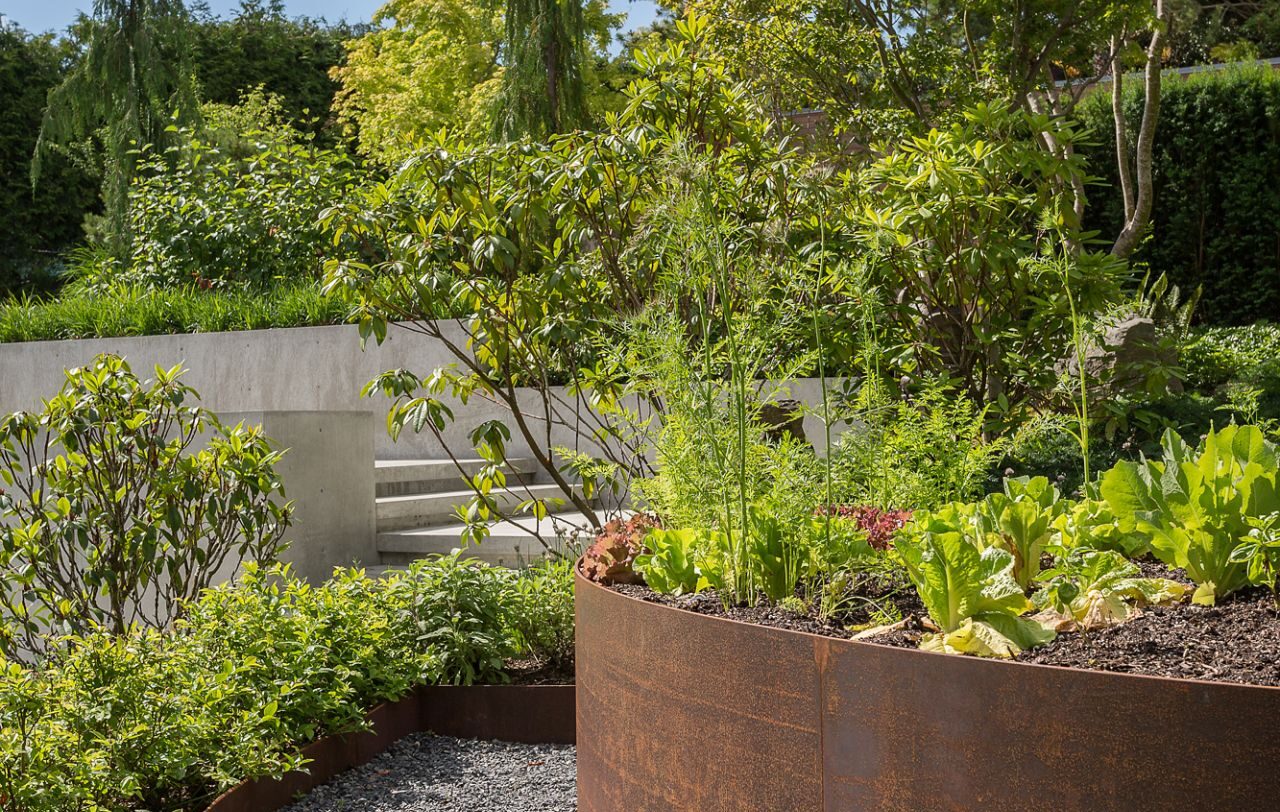Vegetable gardens are a fantastic way to grow your own fresh produce, enjoy your outdoor space, and connect with nature.
Here’s how to get started with a vegetable garden:
🥕 Select a Location: Choose a sunny spot in your yard that receives at least 6-8 hours of direct sunlight per day. Make sure the area has well-drained soil and easy access to water.
🥕 Plan the Layout: Determine the size and layout of your vegetable garden based on the available space and the types of vegetables you want to grow. Consider factors such as spacing, companion planting, and accessibility for watering and harvesting.
🥕 Prepare the Soil: Test the soil pH and nutrient levels and amend the soil as needed to create a healthy growing environment for your vegetables. Add compost, organic matter, and soil amendments to improve soil structure and fertility.
🥕 Choose Vegetables: Select a variety of vegetables that grow well in your climate and suit your taste preferences. Consider factors such as the length of the growing season, space requirements, and whether the vegetables are best suited for direct seeding or transplanting.
🥕 Planting: Follow spacing guidelines and planting depths for each type of vegetable. Start seeds indoors or directly sow them into the garden, depending on the vegetable and your local climate. Consider using raised beds or containers for easier maintenance and better drainage.
🥕 Watering: Keep the soil consistently moist but not waterlogged, especially during the germination and growing stages. Water deeply and infrequently to encourage strong root development.
🥕 Fertilizing: Provide nutrients to your vegetables by applying organic fertilizers, compost, or other soil amendments. Follow recommended application rates and timing for optimal plant growth and productivity.
🥕 Weeding and Mulching: Regularly remove weeds to reduce competition for nutrients and water. Mulch with organic materials like straw, shredded leaves, or grass clippings to suppress weeds, conserve soil moisture, and regulate soil temperature.
🥕 Pest and Disease Management: Monitor for signs of pests and diseases and take appropriate measures to control them, such as hand-picking pests, using organic pesticides, or practicing crop rotation and companion planting.
🥕 Harvesting: Harvest vegetables at their peak ripeness for the best flavor and nutritional value. Use clean, sharp tools to harvest fruits and vegetables, and handle them carefully to avoid damage.
🥕 Maintenance: Regularly inspect and maintain your vegetable garden by pruning, trellising, and supporting plants as needed. Keep the garden clean to minimize the risk of pests and diseases.
By following these steps, you can create a successful and productive vegetable garden that provides fresh produce to enjoy throughout the season.




 Contact Us
Contact Us